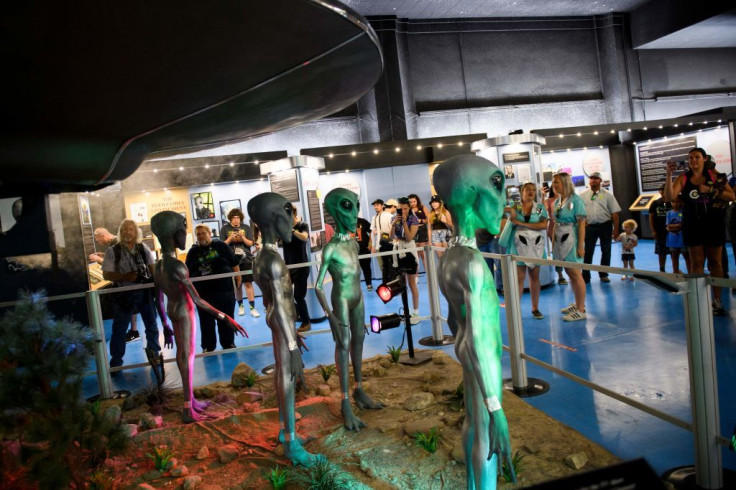Researchers believe that the underwater snow beneath ice shelves on Earth can actually be used to better comprehend the ice shell found on Jupiter's moon Europa.
Europa, which has a rocky surface, is about the size of the Earth's moon. Europa possesses an icy crust and an internal ocean system that might be necessary for supporting life, recent National Aeronautics and Space Administration (NASA) studies had discovered, Mashable India reported.
Scientists used two kinds of underwater snow in a recent study. They may be seen on our planet as an analogue to comprehend how Europa's shell becomes thicker from the inside out. As congelation ice grows directly from beneath the ice shelf, soft ice originates in supercooled water columns. It drifts upward and accumulates onto the bottom of ice shelves. The amount of salt from the water from which the ice was formed is just partially retained by the ice made by these procedures, the researchers found.
The study's primary author Natalie Wolfenbarger said that when they were investigating Europa, they were concerned about the "salinity and composition of the ocean." That's because "it's one of the factors that will dictate its future habitability or even the type of life that just might live there."
The study will be used by scientists to get NASA's Europa Clipper mission ready. The spacecraft, using radar to look through the ice cap, will investigate whether there is a possibility that alien life exists in the ocean of Europa. The mission from NASA is set to take out in 2024 and land on the frozen world six years later.
Michael Manga, a geophysicist and professor in the Department of Earth and Planetary Science at University of California, Berkeley, also said that Europa may be one of the "few accessible places where life could originate and persist," Inverse reported. He noted that its evolution and dynamics are "fascinating, some similarities but also fundamental differences from Earth.”
Alyssa Rhoden, a principal scientist within the Planetary Science Directorate at the Southwest Research Institute in Boulder, Colorado, shared that Europa’s surface composition and some of its "geologic features suggest that ocean water somehow moves through the shell and reaches the surface." She noted that if that is true then it means that "nutrients and energy can cycle between the ocean, ice shell, and surface, and that can be beneficial for life.”

© 2025 Latin Times. All rights reserved. Do not reproduce without permission.





